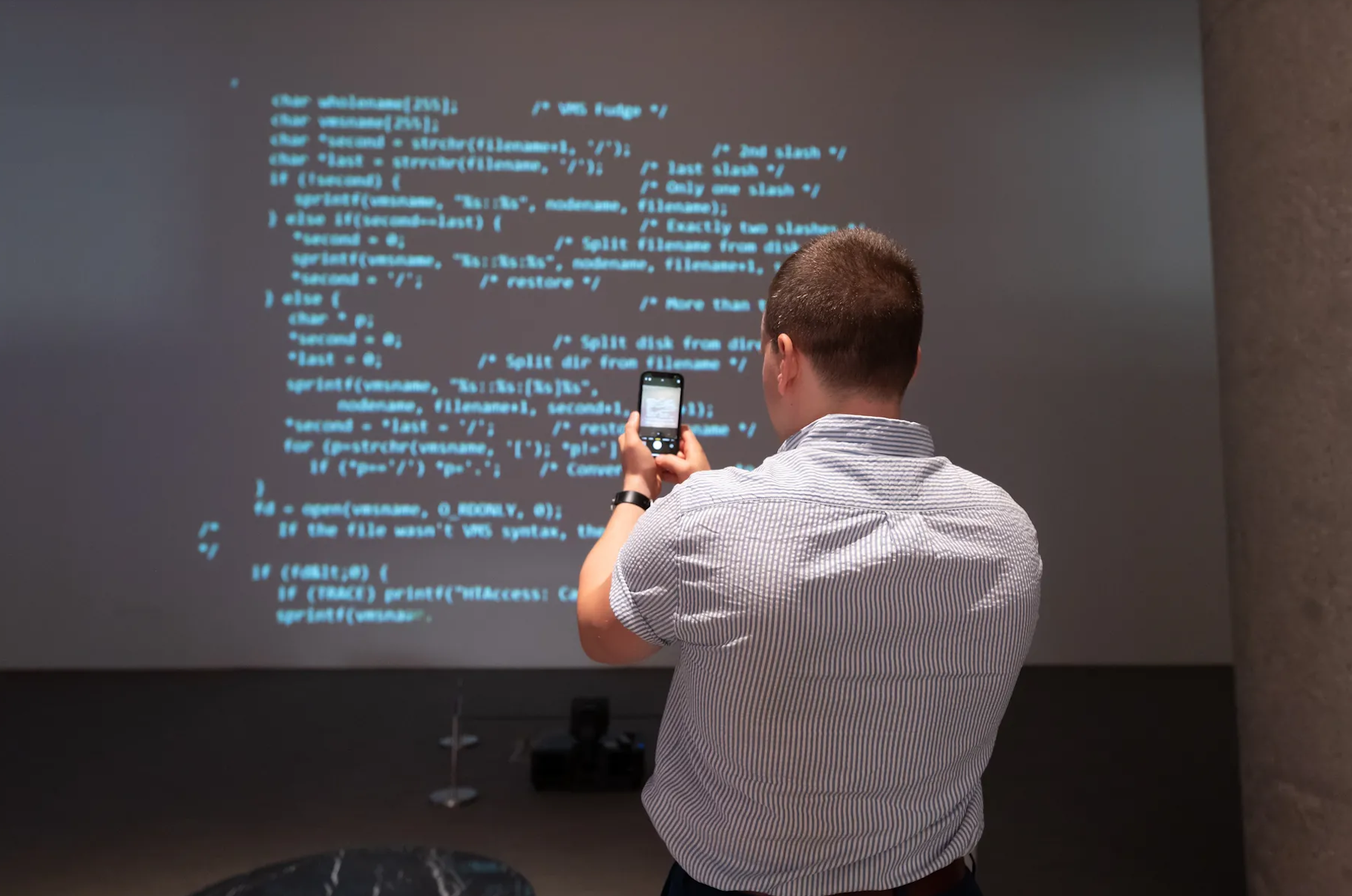01/07/2021 Sir Tim Berners-Lee’s web source code NFT sells for $5.4 million

The latest mega-auction of an NFT tied to a piece of internet history is complete, with Sir Tim Berners-Lee selling a digital item representing source code to the original web browser for $5,434,500. Berners-Lee is credited as the creator of the world wide web that this site is published on, and the NFT includes a time-stamped signed archive including 10,000 lines of the source code that initially made it possible to display an HTML document, among other things.
For comparison, the highest price for an NFT remains the $69 million or so MetaKovan paid to own Everydays: the First 5000 Days by the artist Beeple, while Jack Dorsey’s digital collectible representing the first tweet on Twitter sold for a little less than $3 million.
After the auction was announced, there was some backlash to the plan, whether due to general unease over NFTs, environmental concerns, or otherwise. Berners-Lee and his wife say they will use the proceeds to benefit causes they support. In an interview with The Guardian, Berners-Lee said “This is totally aligned with the values of the web ... I’m selling a picture that I made, with a Python programme that I wrote myself, of what the source code would look like if it was stuck on the wall and signed by me.”
According to a condition report listed along with the NFT by Sothebys, the data security of this particular item is “very high.” For owners of NFTs worried about potentially losing their multimillion dollar purchase due to servers going down or link rot, the platform they’ve used says it includes both Arweave and the InterPlanetary File System (IPFS) for storage.
The only remaining issue may be the collectible itself, as some have noted that while the archived code is intact, the video included in the purchase renders angle brackets incorrectly. It won’t stop you from compiling an early-’90s web browser of your own (non-millionaires can experience that glory here for free), but it is an unwelcome smudge on such a high-priced item.
 (0)
(0)
 (0)
(0)
https://www.theverge.com/2021/6/30/22557765/www-nft-tim-berners-lee-sothebys-source-code